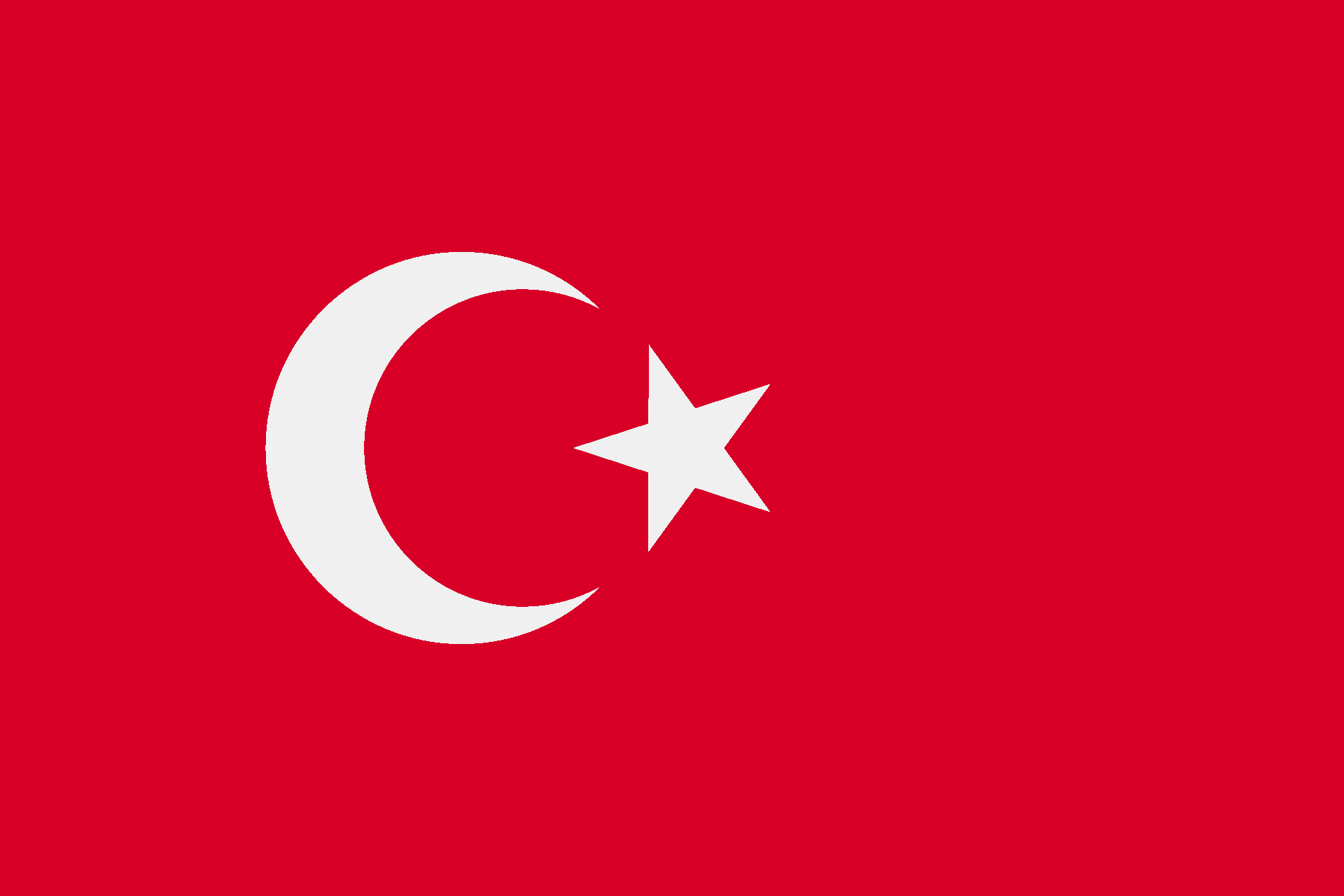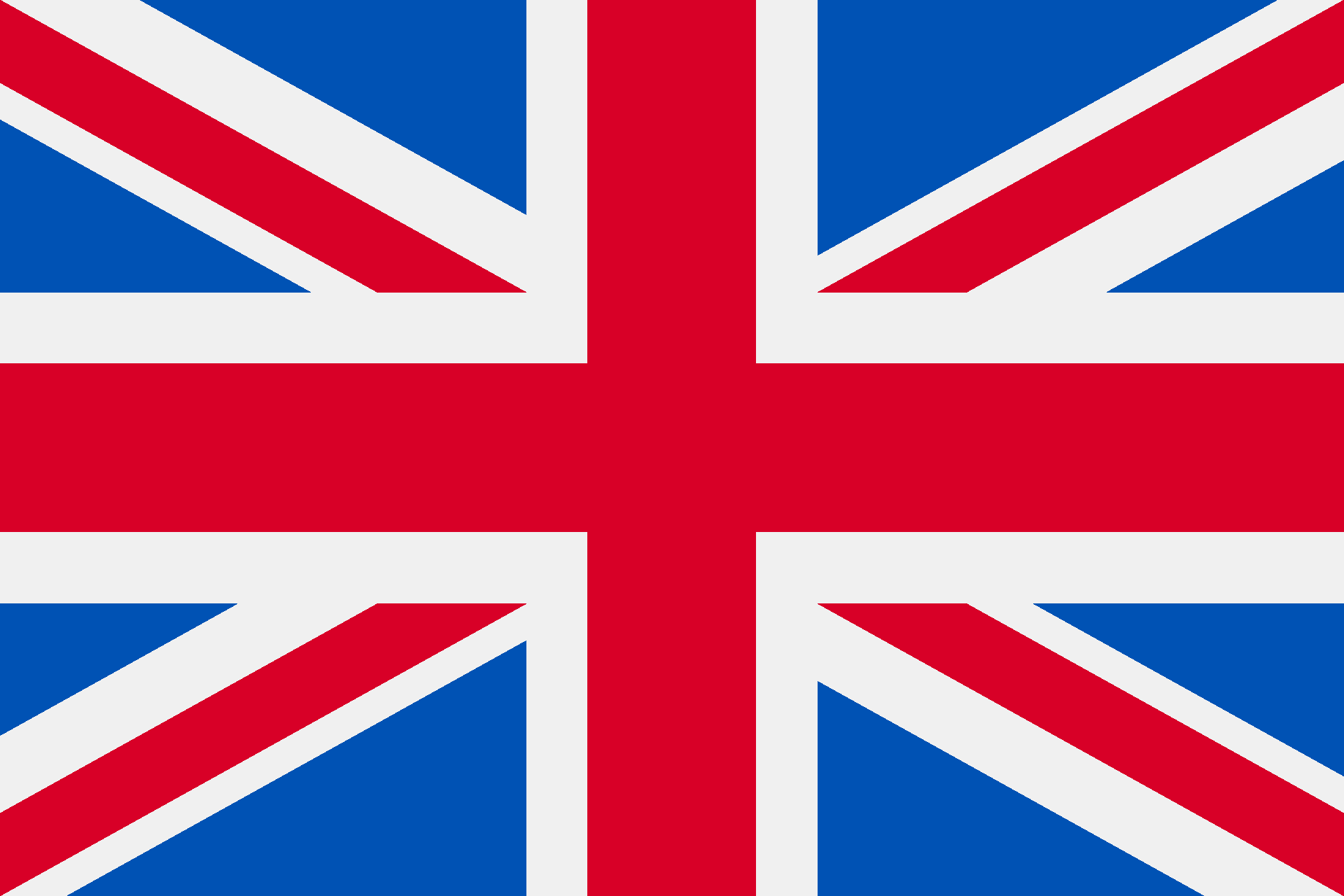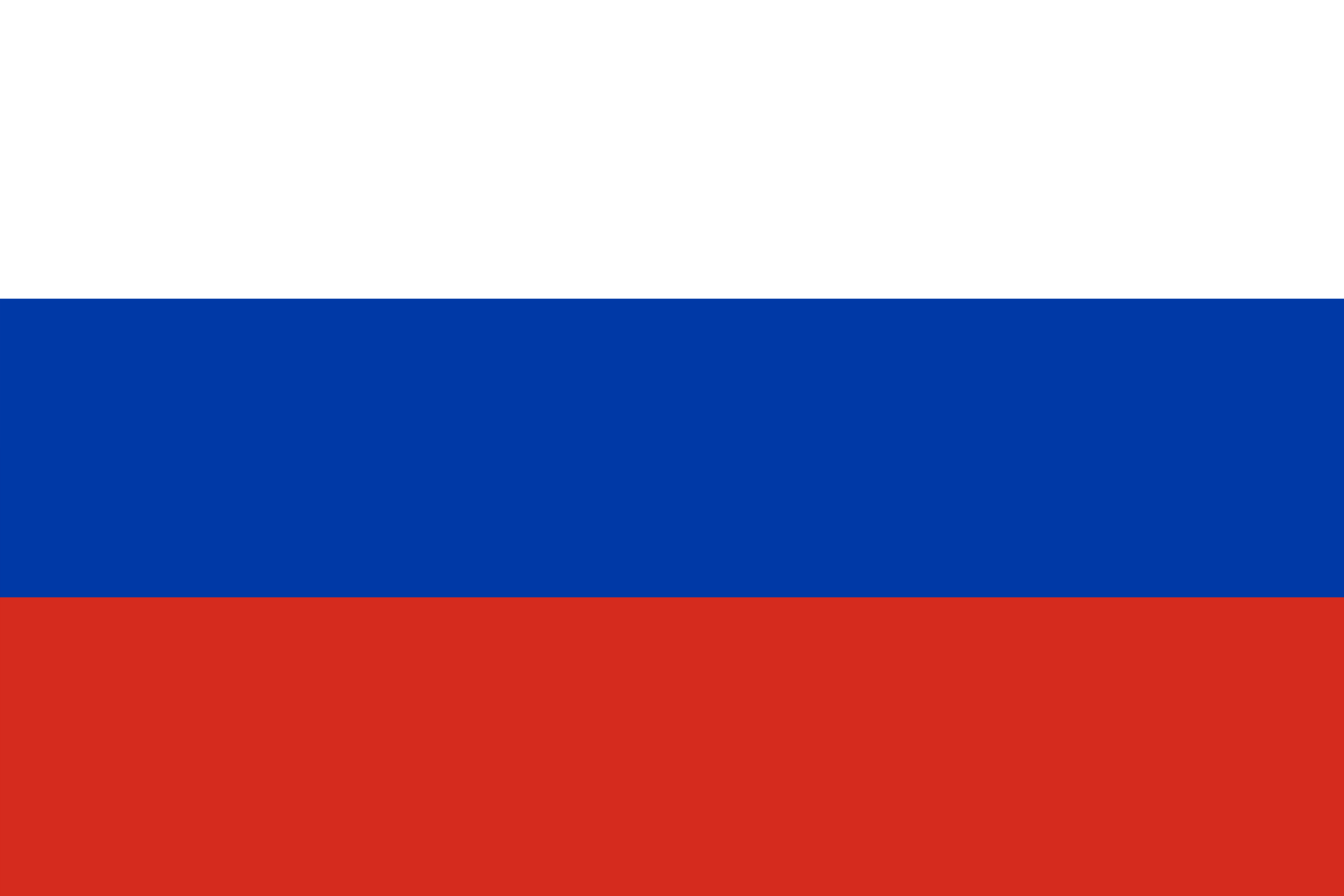REGENERATED YARN
In the textile industry, yarn often needs to be remanufactured. Regenerated yarn; Threads that are used once and that are cleaned and chopped into new threads are used. This process is carried out in the Regenerated yarn Uşak factory; It helps reduce environmental waste and conserve resources.
Why is Regenerated Yarn Preferred?
There are many reasons why yarns produced by regenerated yarn manufacturers are preferred.
It is a type of renewable yarn.
When the traditional yarn supply runs out, regenerated yarn is produced from recycled materials.
It is environmentally friendly. When traditional yarn is produced, harsh chemicals and oil that can harm the environment are used to create the fiber.
Regenerated yarn is softer than traditional yarn.
Yarns produced by regenerated yarn factories; It is made from recycled materials, which reduces the amount of waste sent to landfills. Regenerated yarn also has a lower carbon footprint than untreated yarn.
How is Regenerated Yarn Production Performed?
Regenerated yarn production can be done in different ways. One of the simplest techniques is to use a drum comb. This process; small holes are used in the drum to attach the yarn to the fibers, which increases the surface area.
Other methods used include spinning and knotting. Machine-spun fibers from the scraps of cotton fibers are combined with the enzyme and its solution to form new yarn.
This new yarn can be used in the same way as normal yarn, or it can be processed into a new type of fabric.
Factors Affecting Regenerated Yarn Prices
Regenerated yarn prices vary depending on the type of yarn, where it is sold, and the quality and quantity of yarn used. At the same time, the cost of raw materials, labor and transportation all play a role in determining the final price of a hank. The popularity of a particular style or color of yarn can also affect its price.
Regenerated Yarn Advantages
Regenerated yarn has many advantages over traditional yarn.
- It is made from recycled materials which means it is more environmentally friendly.
- It has a stronger and longer-lasting structure than traditional yarn.
- It is cheaper than traditional yarn.
- It is resistant to washing and abrasion.
The yarn regeneration process does not require new wool fibers. This means it costs less. Regenerated yarn is generally smoother and finer than regular yarn. This makes it perfect for high-end garments.








